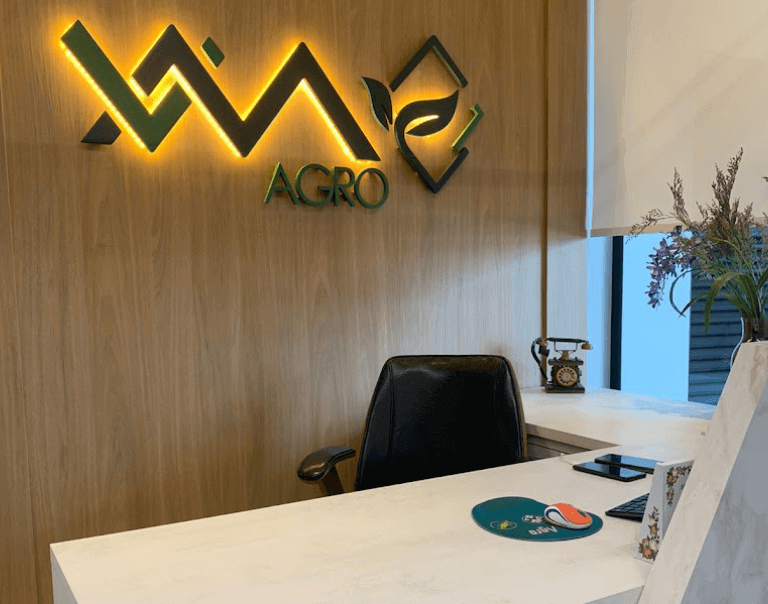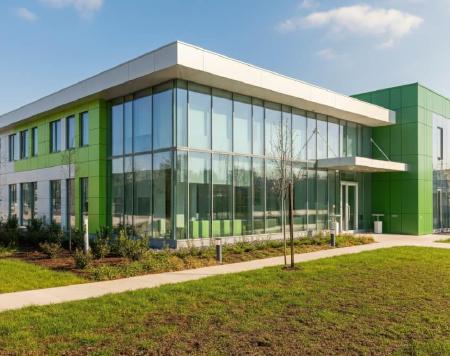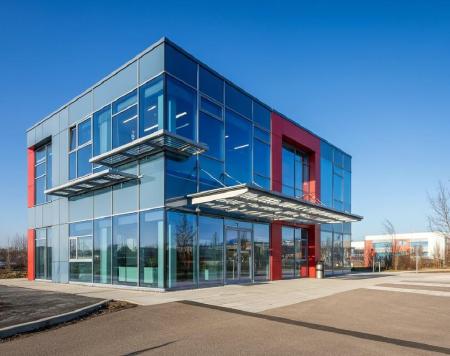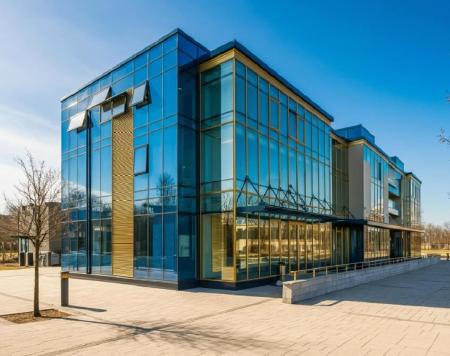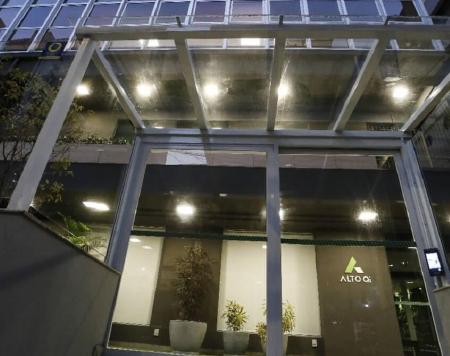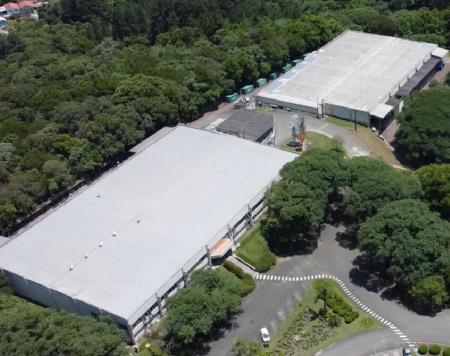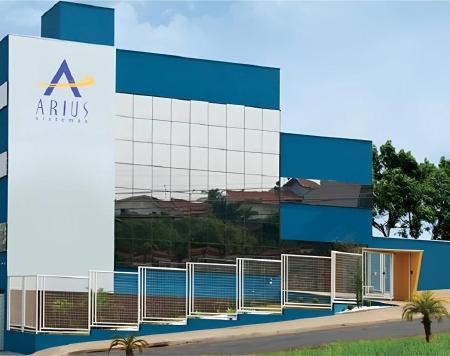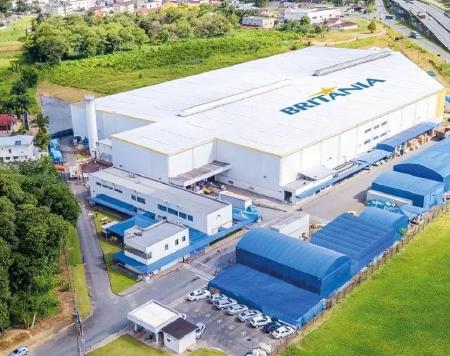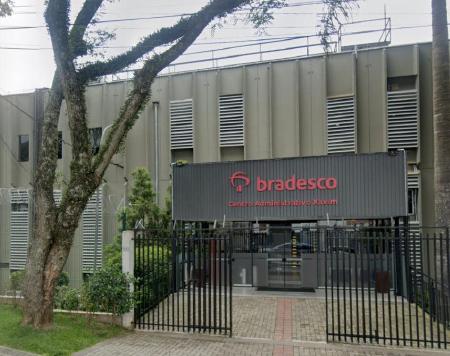VM Agro wanted a complete ERP system. Visionnaire architected and developed the solution
Client
VM Agro
Area
Agriculture
Problem
Need, on the part of VM Agro, to have a single, complete ERP system, instead of having to resort to
different tools from different developers to manage the company. It was necessary to conduct a requirements analysis,
that is, to specify the details that would need to be executed in order to reach the final objective. Not only that, there
was also a need for flexibility in managing the project, since the desired system should meet the company's present and future
needs.
Solution
Visionnaire, using its longstanding expertise in specifying, architecting, and executing
software projects through a specialized agile team, with the flexibility to quickly increase and decrease the Squad, conducted
a requirements analysis and architected and developed a complete ERP system for VM Agro, providing cost reduction and increased
productivity for the company.
Results
The result was ERP Colheitas (Harvests ERP), a complete system featuring everything that was envisioned
and requested by VM Agro. It is an ERP solution for farms that includes several modules: Administrative, Operational, Purchasing,
Warehouse, Agricultural Inputs, Silo, Logistics, Tillage, Human Resources, Accounting, Legal, and Management. For 2023,
the inclusion of a new module, Cotton Crop, is planned, which shows that the system, however complete it may be today, is
also ready for new undertakings by VM Agro.
With the solution designed by Visionnaire, VM Agro does not need to rely on different suppliers or different databases, which reduces the company's costs with such contracts. Everything is carried out in a single system, through a modern, personalized interface with a responsive design, ultimately increasing the productivity of the enterprise.
Technologies
The entire development part is conducted in a homologation environment in which tests are performed
before the functionalities are delivered and made official as part of the production system, and all of this is done by Visionnaire,
using GitLab with CI/CD technology for delivery and ongoing deployment. The part of the system in production, with all functionalities
approved, is located in the VM Agro environment.
For the Front-End part, that is, the part of the system with which users interact, JavaScript with Angular framework and responsive design was used. As for the Back-End, where the business rules are located, PHP with Laravel framework was used. Other technologies were also used (such as Google Maps, Docker Containers and Redis, to name a few examples), in order to allow the development of the application on different platforms: web, mobile and desktop. This means that the system developed by Visionnaire adapts itself to different devices and sizes.
Detailed Problem
Agribusiness accounts for around 25% of the Brazilian GDP, according to 2020 data, and is
an area that has been undergoing a technological revolution – the so-called AgriTech (abbreviation for Agricultural
Technology, name given to technology solutions that, applied to field work, bring innovation and better results).
In order to modernize its business, VM Agro, a Brazilian soybean, corn and cotton producer, needed to undergo a digital transformation, and the main challenge was to unify systems of different sizes that did not communicate with each other and did not meet the specific needs of the enterprise, with the aim of centralizing everything in a single system.
VM Agro's main need was for such a system to be complete, with not only ERP functions, but also CRM tools, customer contact, accounts payable and receivable controls, accounting, among others.
However, there were specificities that made this a complex challenge. First, it was necessary to conduct a requirements
analysis, that is, to specify the details that would need to be executed in order to reach the final objective. Not only that,
VM Agro also needed flexibility in carrying out the project, since the desired system should meet the company's present and
future needs.
Detailed Solution
Visionnaire has long-standing expertise in specifying, architecting and executing
software projects through a specialized agile team, with the flexibility to quickly increase and decrease the Squad. Thinking
about the needs of VM Agro, the solution proposed by Visionnaire was the development of systems with an open scope and in
the outsourcing modality, with allocation of professionals and technical management carried out by Visionnaire.
The first phase of the project included an extensive requirements analysis, that is, a study of what needed to be done in order to achieve the objective in question. At this moment, the complexity of the challenge was verified, due, first, to the diversity of existing independent systems and, second, because no less than a complete, complex solution was expected.
The next phase was architecture, that is, the creation of the fundamental structures of the software in question and how its elements relate to each other. The term “architecture” is not coincidental: the process can be considered an analogy to the construction of buildings. In the same way that blueprints guide a work, the architecture phase guides the development of a complex software system. At this stage, crucial decisions are made. For example, what technologies will be used. Often, such decisions involve aspects that cannot be changed later. In comparison, that is because it would be like trying to change the structures of a building after construction is already underway.
The third phase was the development of the software itself, both the design part and the coding part. Therefore, Visionnaire was responsible for all stages of creating a complex, modern and future-proof system.
Brochure
Case Brochure ![]()
Presentation
Case Presentation ![]()


